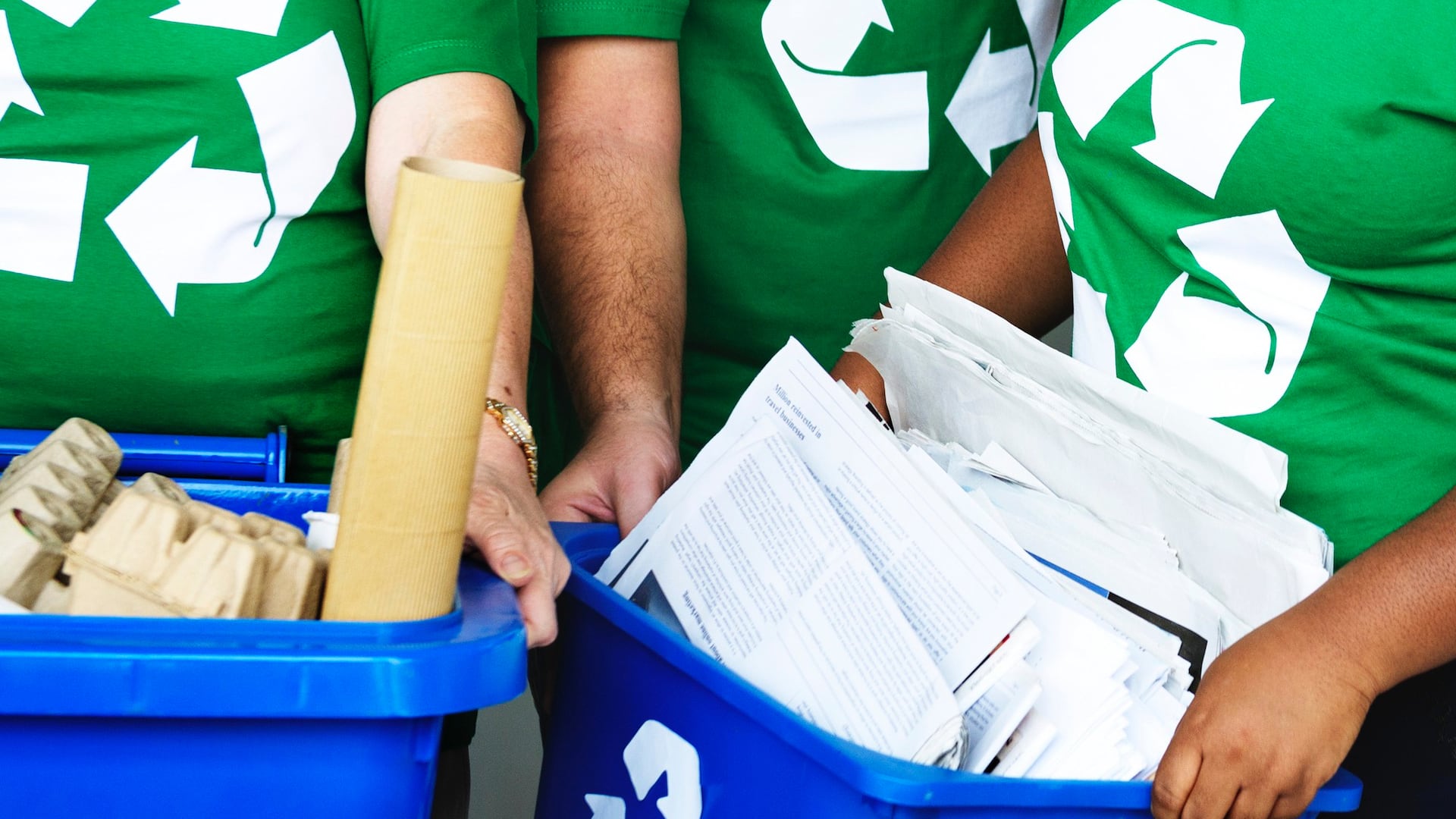
The industrial revolution led to many innovations in the last 300 years. Advancements in manufacturing processes, production technologies, and management methods significantly increased the productivity of companies. As a result, unprecedented quantities of products are produced and sold.
Due to increased corporate competition, marketing activity has increased and become more intensive. In the 20th century, less sustainable, consumerist consumer behaviour appeared in many countries. Recycling can be part of the fight against increasing environmental pollution.
What is the problem with global waste generation?
The problem with global waste generation is multifaceted. The quantity of waste being generated is increasing at an alarming rate, driven in part by population growth and economic development. The rapid increase in waste is putting a strain on resources, as well as the natural environment. Many of the materials used in consumer products and packaging are not biodegradable, meaning that they do not break down easily and can accumulate in landfills.
Almost all products are made with individual packaging, which loses its function after the unboxing process. As product packaging generally becomes waste almost immediately after unpacking, it contributes to global waste generation. There are plenty of products that face the same fate. We throw them away after a short lifespan.
According to a report published by Statista, global waste generation may increase by 70% in 20 years.
"Waste generation has increased massively around the world in recent decades, and there are no signs of it slowing down. By 2050, worldwide municipal solid waste generation is expected to have increased by roughly 70 percent to 3.4 billion metric tons. This is due to a number of factors, such as population growth, urbanization, and economic growth, as well as consumer shopping habits. Every year, humans produce millions of tons of waste, and this is increasingly becoming a major issue worldwide."
What is recycling?
Recycling is the process of converting waste items into new materials and objects. It is an alternative to ‘traditional’ waste disposal that can save material and help lower greenhouse gas emissions. Recycling includes all those activities that decrease the use of new natural resources and turn previously used items into reusable, raw materials.
According to the European Commission, recycling is defined as "any recovery operation by which waste materials are reprocessed into products, materials or substances whether for the original or other purposes".
Upcycling and downcycling indicate that the raw material created during the cycle is better or worse compared to its original quality. The amount of time, energy, and money required for the recycling process also play an important role in the grouping of different recycled materials. One of the most important environmental objectives in the coming years will be the recycling of plastic waste.

Plastic recycling: How is plastic recycled?
Plastic is an exceptionally long-lasting and widely used material. It is commonly used in packaging, containers, consumer goods, construction materials, and medical equipment due to its durability and low cost. The management of plastic waste is an incredibly complicated process. Unfortunately, not all plastics can be recycled.
Plastic is categorized as follows:
- PET (PETE) = polyethylene terephthalate
- PE-HD (HDPE) = High-density polyethylene
- LDPE = low-density polyethylene
- PP = polypropylene
- PS = polystyrene
- PVC = polyvinyl chloride
- etc.
Only the first four items on the list can be recycled, while the others are non-recyclable materials.
While there are several methods for recycling plastic, they usually all follow the below-mentioned steps.
- sorting
- high-pressure cleaning
- pre-treatment for certain plastic wastes
- grinding and creating granules
- gasification
- hydrogenation
To reduce the amount of plastic waste, more efficient recycling processes are required. In order to tackle the plastic waste issues, it is also necessary to make less polluting materials competitive with the help of various economic subsidies.
Tips for plastic waste reduction
Global cooperation is required to achieve real, tangible results in the global waste management crisis. However, there are certain steps that you could take to reduce the plastic waste you generate.
Several eco-friendly initiatives have started which offer alternative lifestyle options to consumerism. An inspiring example of this is minimalism, which is a way of living characterized by simplicity and the reduction of excess possessions and distractions.
Another important initiative is the zero waste movement, which is a lifestyle that strives to generate as little waste as possible by reusing and repurposing materials and products.
In addition to these principles, we can also contribute to recycling and reuse by selectively collecting trash in our workplaces and homes.
Some ideas for recycling waste:
- Offer used but working electrical devices for charitable purposes
- Reuse rainwater for irrigation
- Buy recyclable materials
- Endorse a minimalist lifestyle
- Instead of throwing away broken items, try to repair them
Conclusion
Due to the industrial revolution and the resulting consumerism, the number of new products has skyrocketed. As a result, the amount of waste has also increased to an extent never seen before.
The global waste crisis is a multifaceted problem, which requires a complex solution. Recycling is one of the primary weapons against environmental pollution that threatens sustainability and human flourishing.
